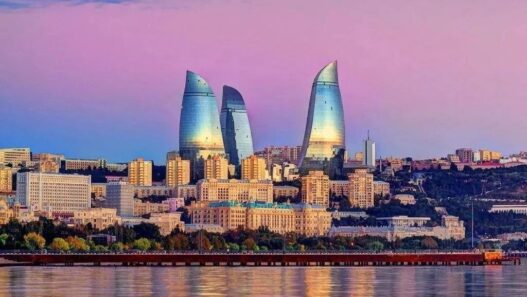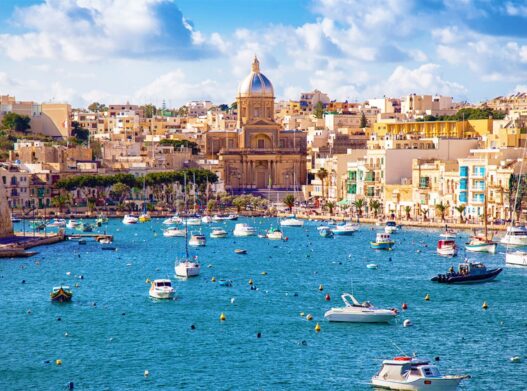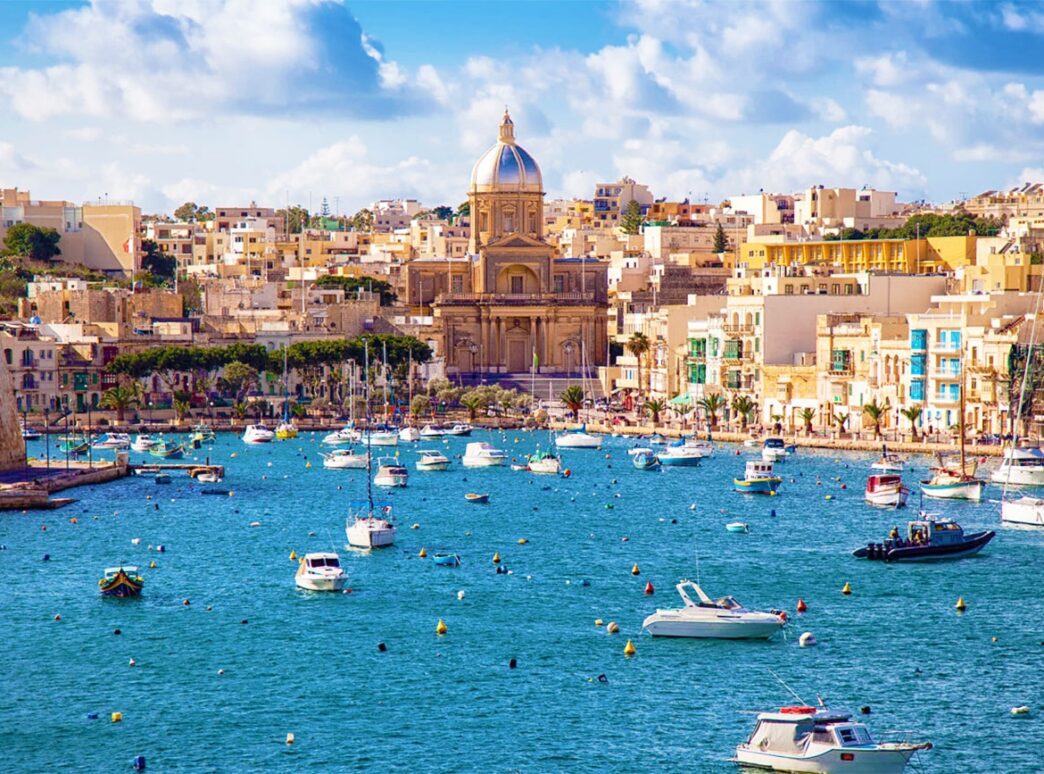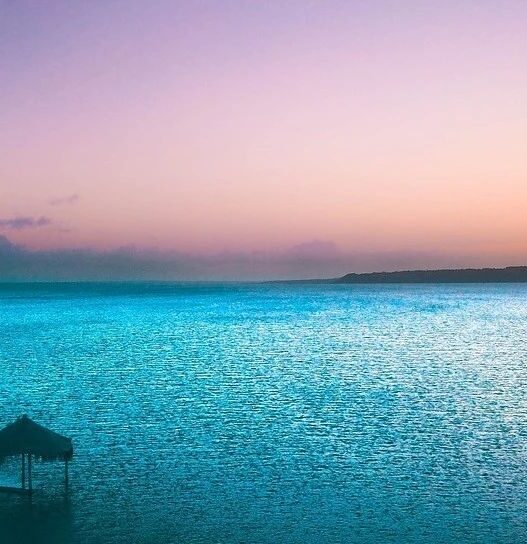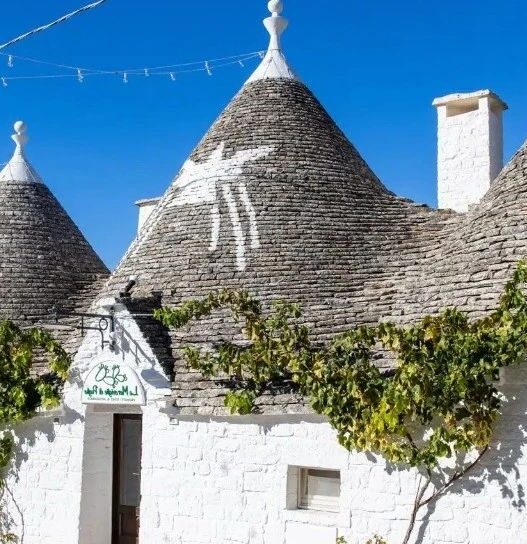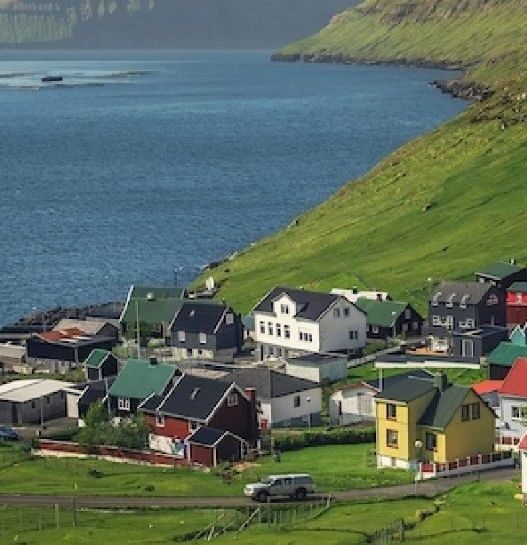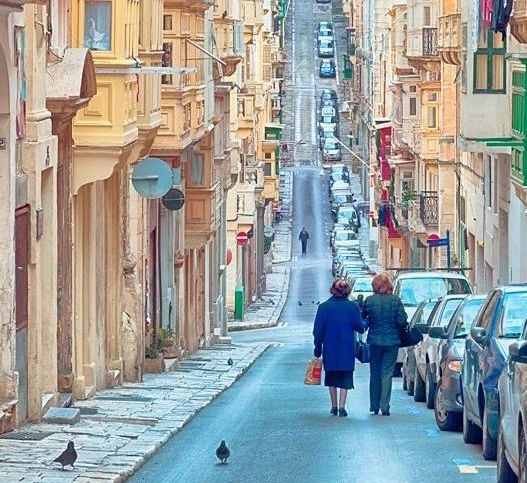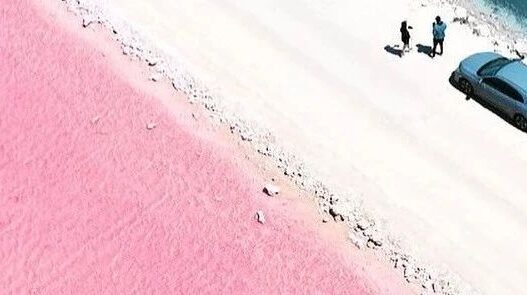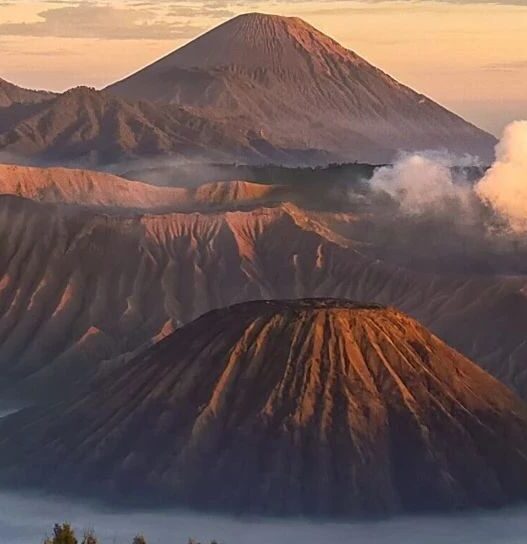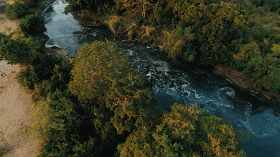“If you don’t go to Sicily, it’s like you haven’t been to Italy. Because in Sicily, you’ll find the source of Italy’s beauty.” — Goethe
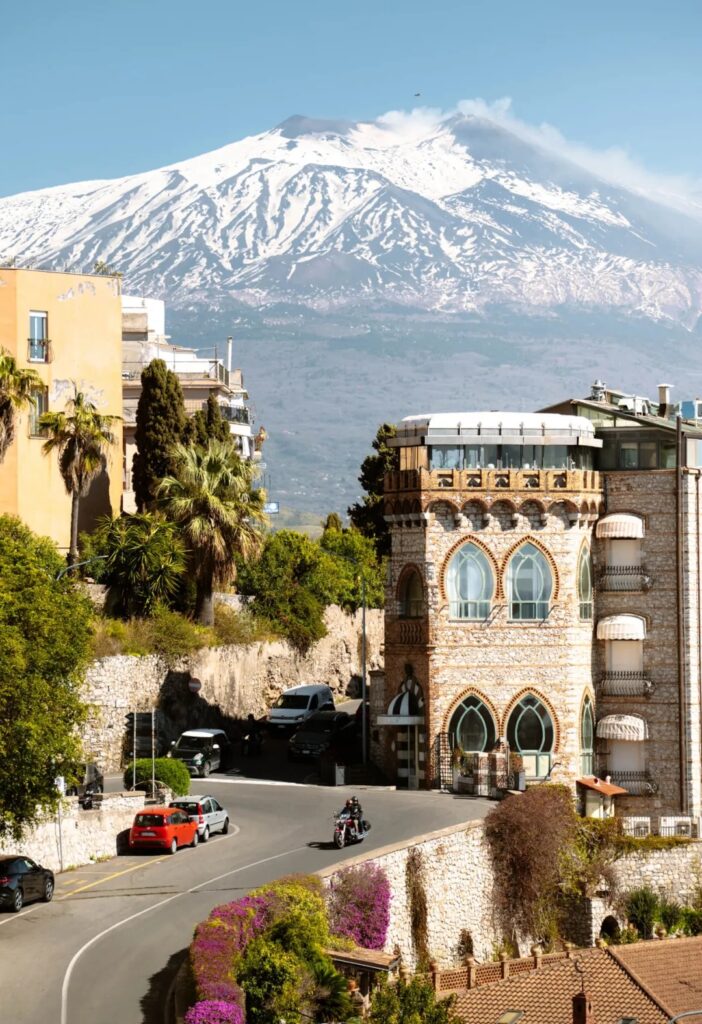
The Location of Sicily
Sicily is the largest island in the Mediterranean, a place where rich history, unique culture, and magnificent natural landscapes converge. Situated at the tip of Italy’s boot, Sicily boasts beautiful beaches, ancient ruins, and delicious cuisine. The island has a long history, with various cultures intersecting here. From the ancient Greek temple ruins to Roman amphitheaters, from the intricate palaces of the Arab period to the grandiose churches of the Norman era, the island’s cultural and architectural styles exhibit unique diversity.
About Sicily
When you think of Sicily, what comes to mind first? Is it the wise and dark mafia from “The Godfather,” the enchanting Marilyn from “The Legend of 1913,” the cinematic paradise of “Cinema Paradiso,” or the filming location for “Aquaman” where the trident was sought? To deeply explore this beautiful place, the best way to travel is to take a counterclockwise tour around the island, ensuring that the Mediterranean Sea is always on your right, with the entire journey taking about 8-10 days.
Palermo
Palermo, the capital of Sicily, is one of the most charming and historically rich cities in the Mediterranean region. Located in the northwest of Sicily, it has numerous historical sites, magnificent architecture, and a unique culture, with countless churches. Palermo is a must-visit for most people traveling to Sicily.

Palermo’s history dates back to the 8th century BC, witnessing the rise and fall of various civilizations, from the Phoenicians to the Romans, Byzantines, Arabs, Normans, and Spaniards, each leaving their unique mark on the land.
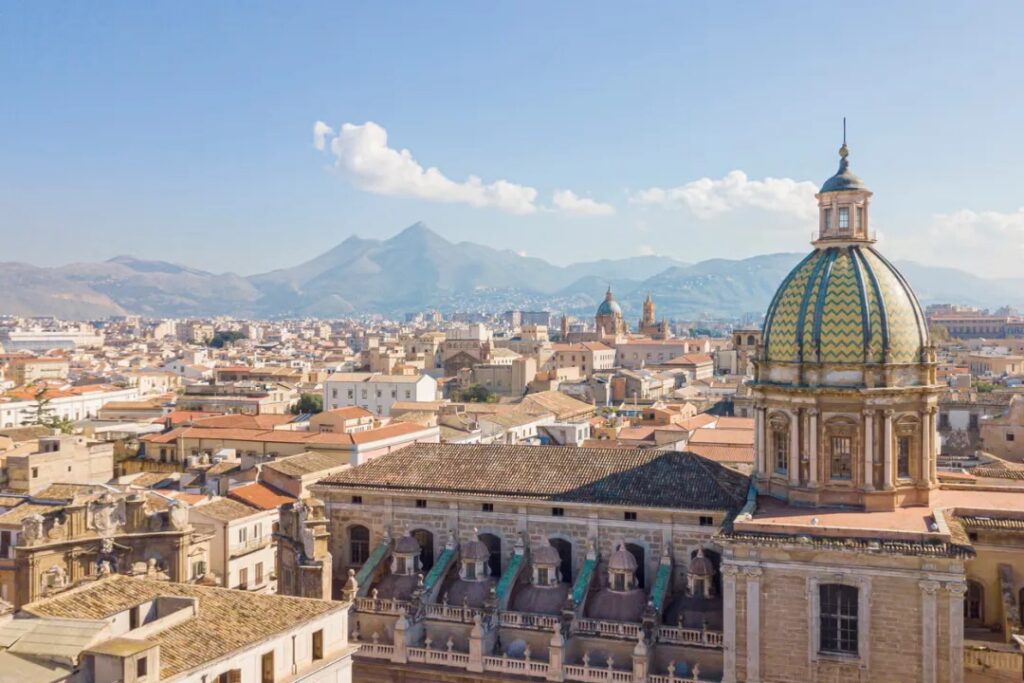
The architectural style of Palermo reflects its rich historical background, from Arab-Norman palaces and churches to Gothic, Renaissance, and Baroque buildings, each telling the story of an era.
Palazzo dei Normanni (Norman Palace)
Also known as the Royal Palace, its origins trace back to the 9th century when it was built by the Arabs. However, it became well-known after the Norman conquest, serving as the residence of Norman kings, particularly during the reign of Roger II, when the palace underwent extensive expansion and decoration.
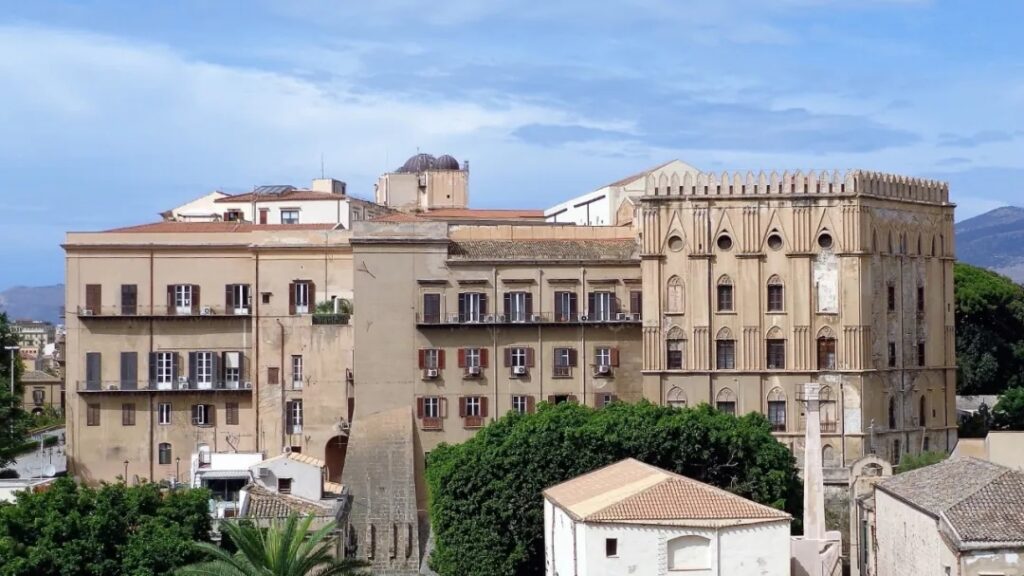
The Norman Palace symbolizes the fusion of Norman-Arab-Byzantine culture on the island, which is fully embodied in the palace’s architecture and decorative arts.
Cappella Palatina (Palatine Chapel)
Located within the Norman Palace, the Palatine Chapel, built in the 12th century, is famous for its exquisite Byzantine-style mosaics. These mosaics depict Christian scenes with vibrant colors and rich detail, showcasing the highest level of artistic achievement of the time.
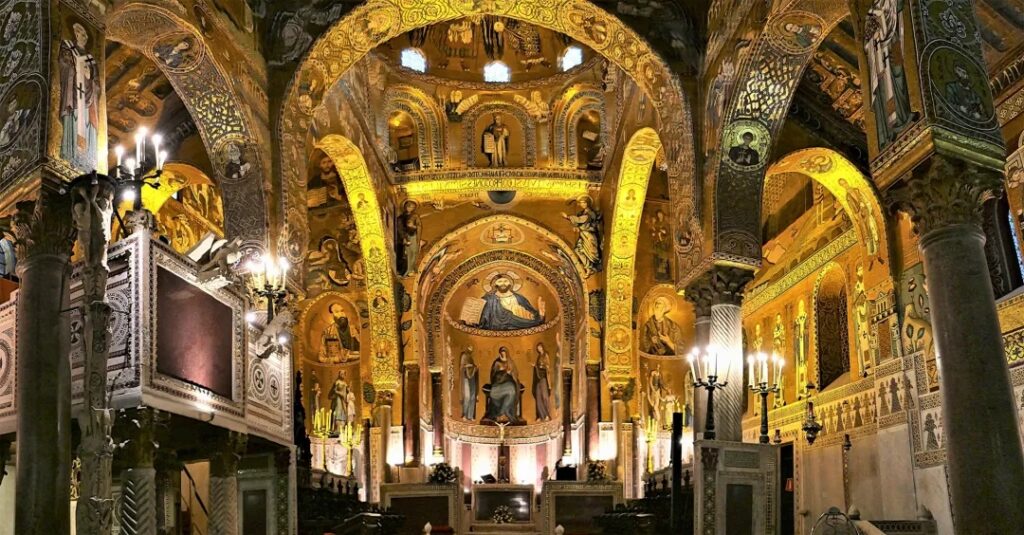
The chapel also incorporates Islamic and Norman elements, such as intricate wood carvings on the ceiling and stone carvings, making it an outstanding example of medieval art.
Palermo Cathedral
Officially named the Cathedral of Santa Maria Assunta, this magnificent church was built in 1185 and reflects various architectural styles, including Norman, Gothic, Baroque, and Neoclassical, reflecting Palermo’s rich history and cultural amalgamation.
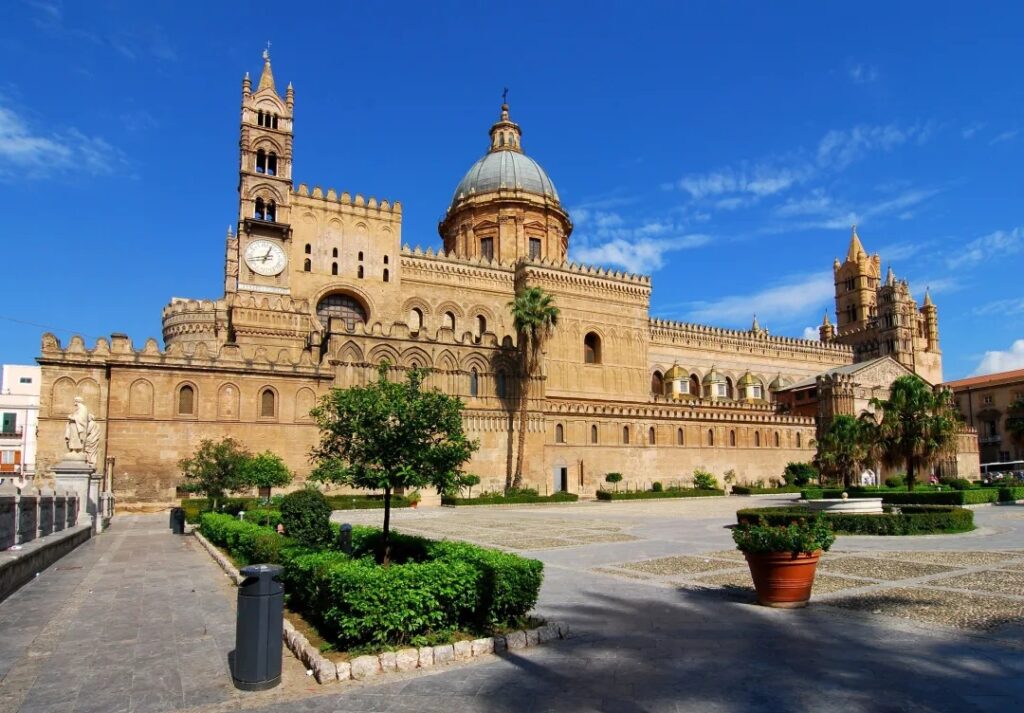
One notable feature of the cathedral is its towering bell tower and its colorful exterior, which incorporates decorative elements from different cultures. The interior, especially the sanctuary, houses important religious artworks, including mosaics, paintings, and sculptures.
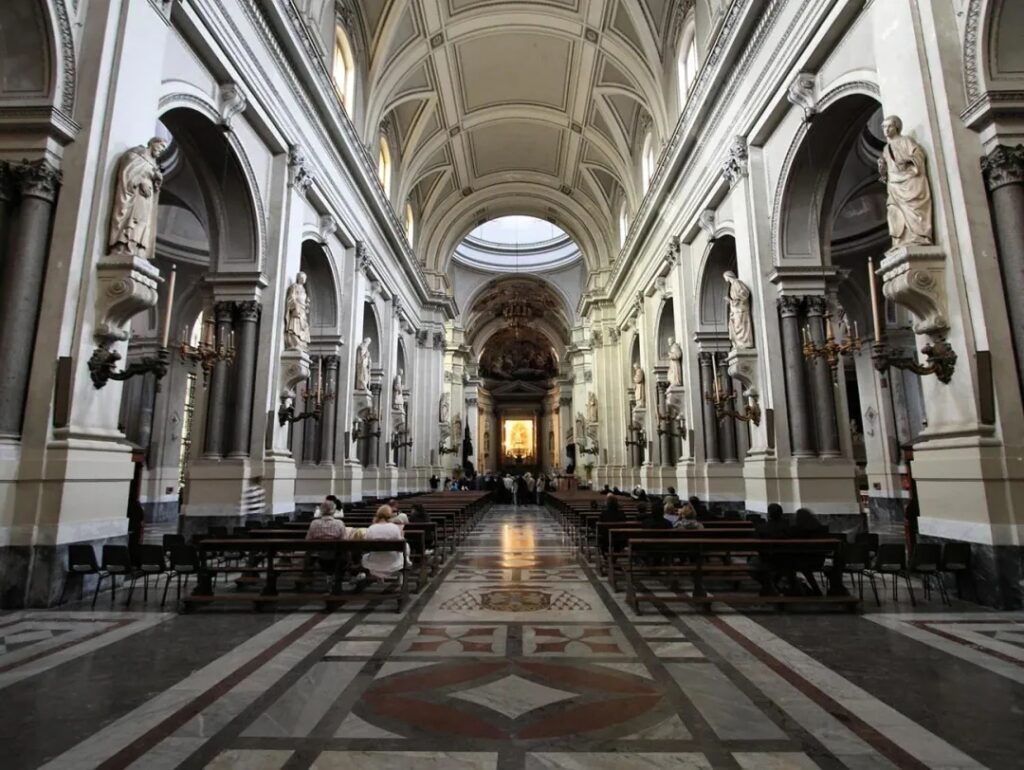
The cathedral’s exterior is grand, with lavish decorations inside, featuring beautiful artworks and sculptures, and it houses numerous religious artifacts and art pieces.
Agrigento
Agrigento, a city on the southern coast of Sicily, was known in ancient times as Akragas, one of the most important city-states in the Greek world, reaching its peak in the late 6th and early 5th centuries BC with a population of 300,000. It was renowned for its fertile land, powerful navy, and prosperous economy, becoming a significant center for the spread of ancient Greek culture in Sicily.
Valley of the Temples
Agrigento’s most famous historical site, and a UNESCO World Heritage site, this archaeological park is located south of the city, including a series of impressive ancient Greek temple ruins like the Temple of Concordia, the Temple of Juno, and the Temple of Heracles.
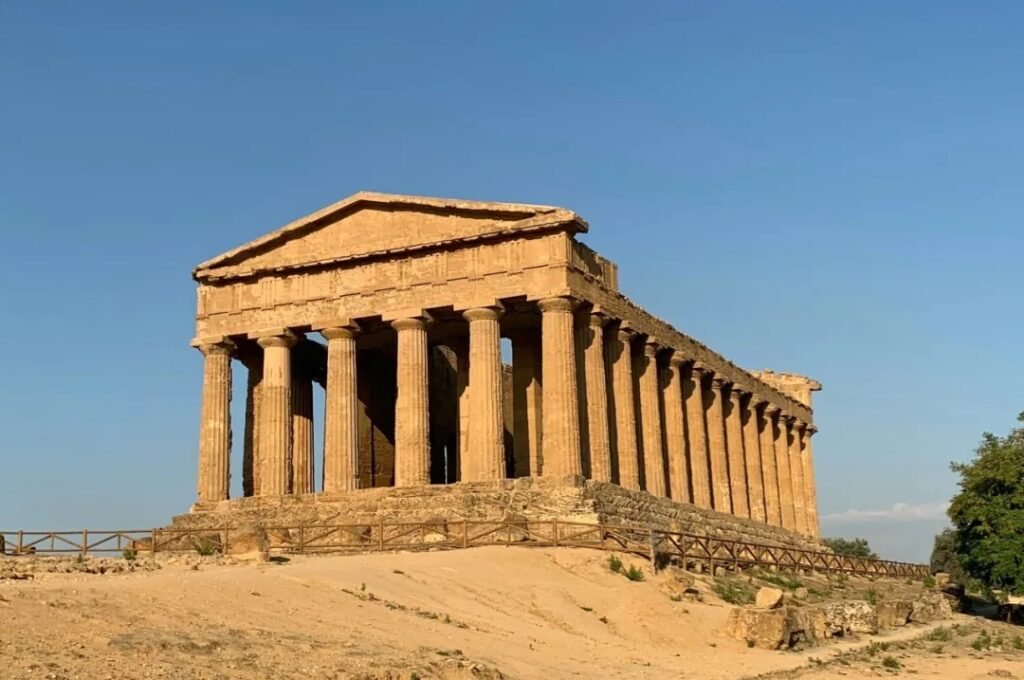
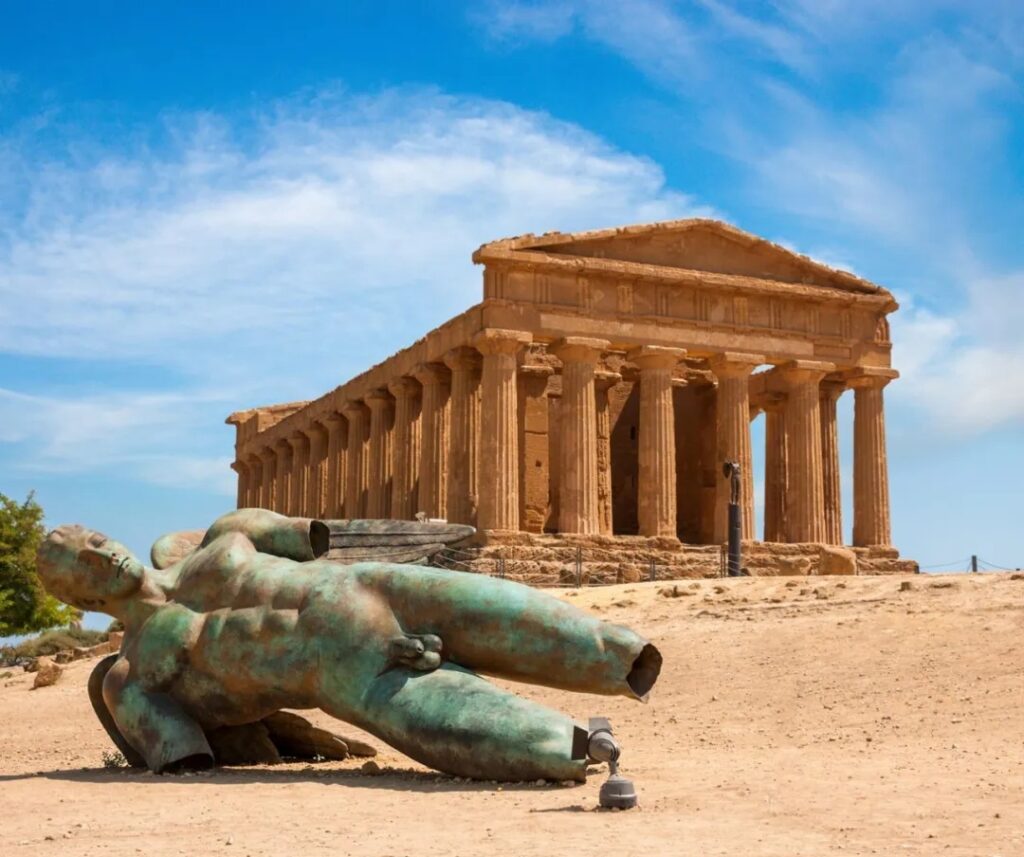
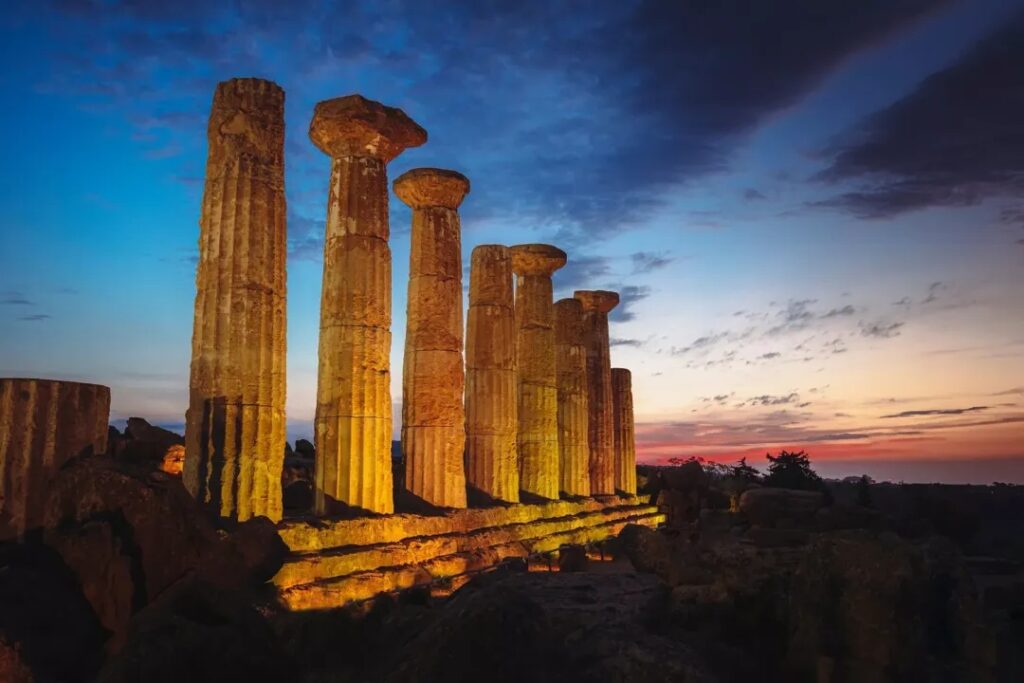
This place is more Greek than ancient Greece itself, making the Valley of the Temples one of Sicily’s must-visit attractions.
Scala dei Turchi (Turkish Steps)
A very unique and striking natural feature in Agrigento, named for its distinctive white cliffs. These cliffs are formed by a type of limestone called mosaic limestone, rich in calcium carbonate deposits. Over millennia, they have been sculpted by wind and waves into smooth, staircase-like structures. The Turkish Steps are visually spectacular, with the white rock standing out against the blue Mediterranean backdrop.
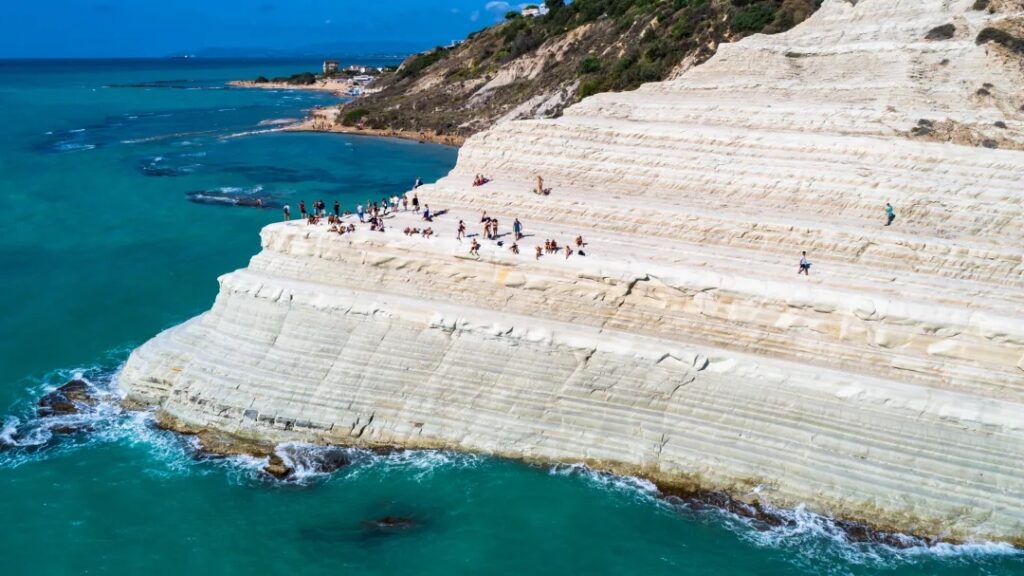
In “Malèna,” the male protagonist and his friend sit on the pure white coastal rocks to watch the sea and sunset, which was filmed here.
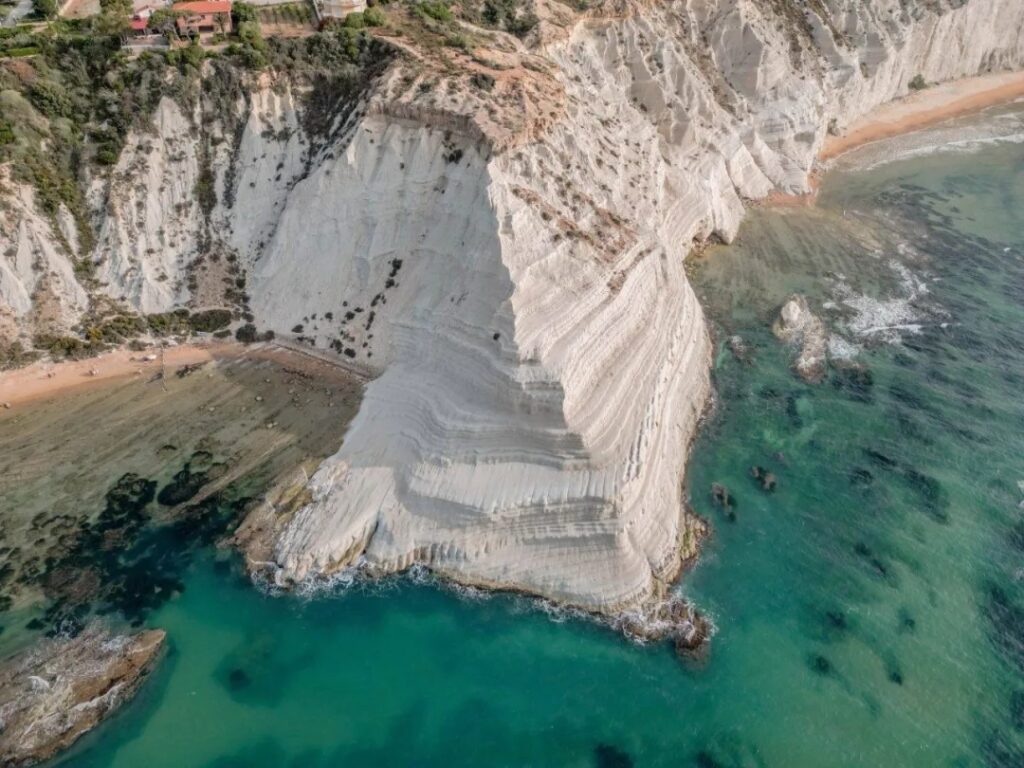
Legend has it that the name “Turkish Steps” comes from historical tales of pirates, particularly Turkish pirates, using these rocks as their hideouts or attack points. These gentle steps provided an ideal landing spot, allowing them easy access to the shore.
Syracuse
“Give me a place to stand, and I will move the Earth.” — Archimedes
This is the hometown of Archimedes, Syracuse, a city located in southeastern Sicily.
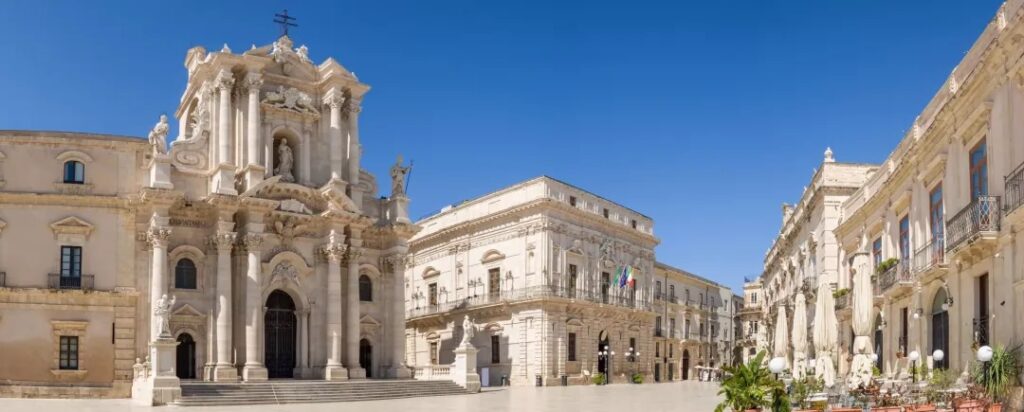
However, what really put Syracuse on the map is the film “Malèna,” filmed here, making it a popular travel destination in Sicily. Visitors come to check out the streets and squares featured in the movie.
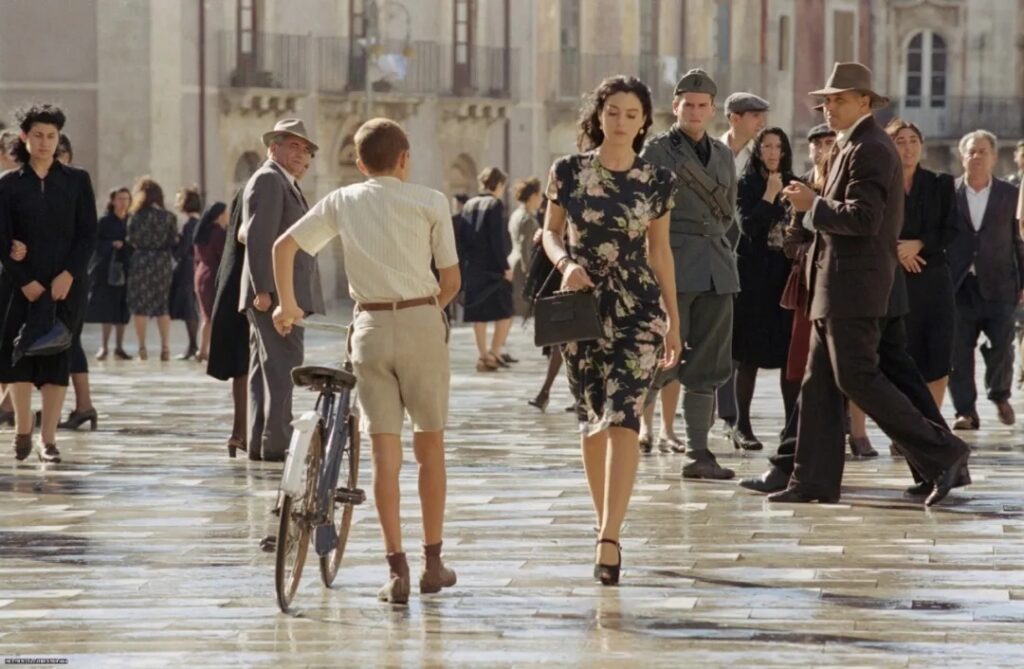
Syracuse Cathedral
The history of Syracuse Cathedral dates back to the 5th century BC, originally a temple dedicated to Athena. In the 7th century AD, this temple was converted into a Christian church, undergoing multiple reconstructions and expansions over different historical periods, especially during the Baroque renovation in the 18th century, which gave it its current appearance.
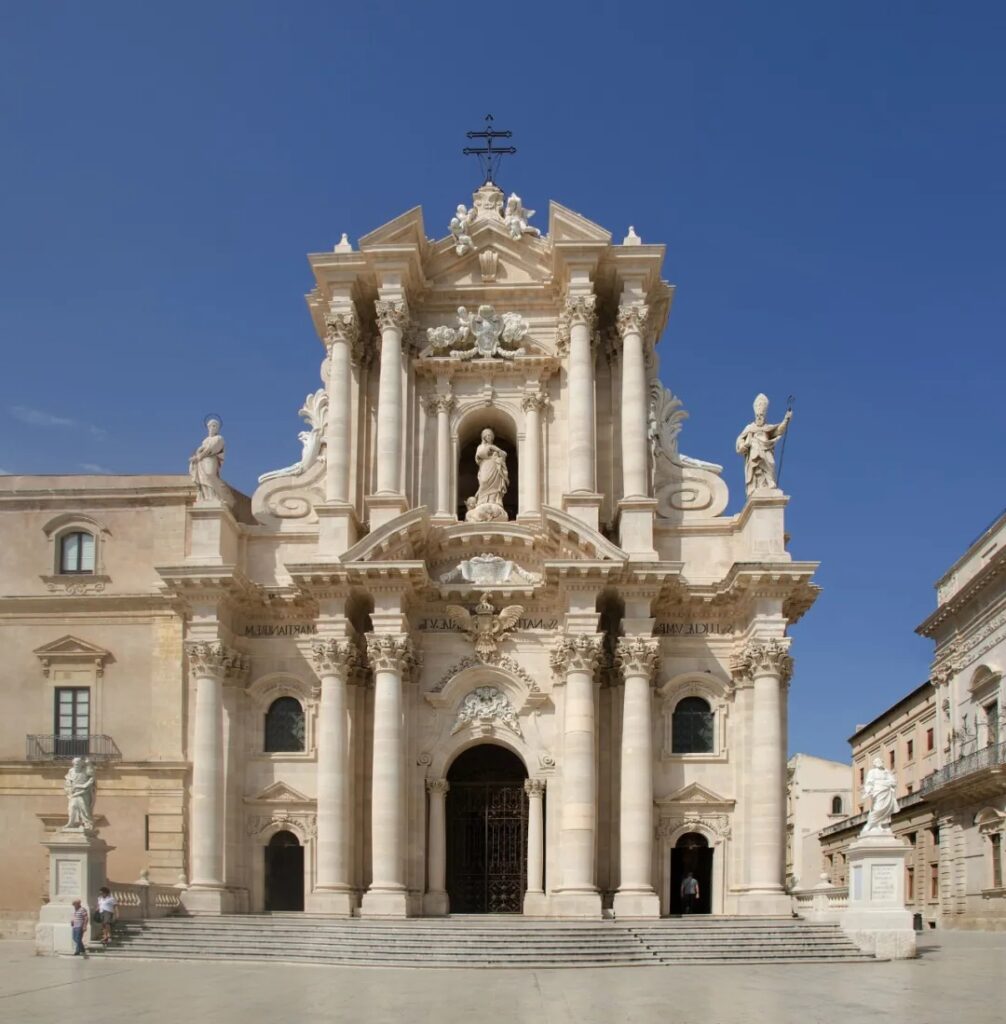
The cathedral’s exterior combines elements of classical and Baroque styles, with its façade designed by architect Andrea Palladio between 1728 and 1753. The façade is richly decorated with intricate carvings and ornate columns. Inside, you can still see the original columns of the Greek temple, which have been preserved and repurposed, bearing witness to the cathedral’s long history.
Piazza del Duomo
The cathedral’s location in Piazza del Duomo was the filming site for “Malèna,” where Monica walks across the square, drawing the attention of all the men.
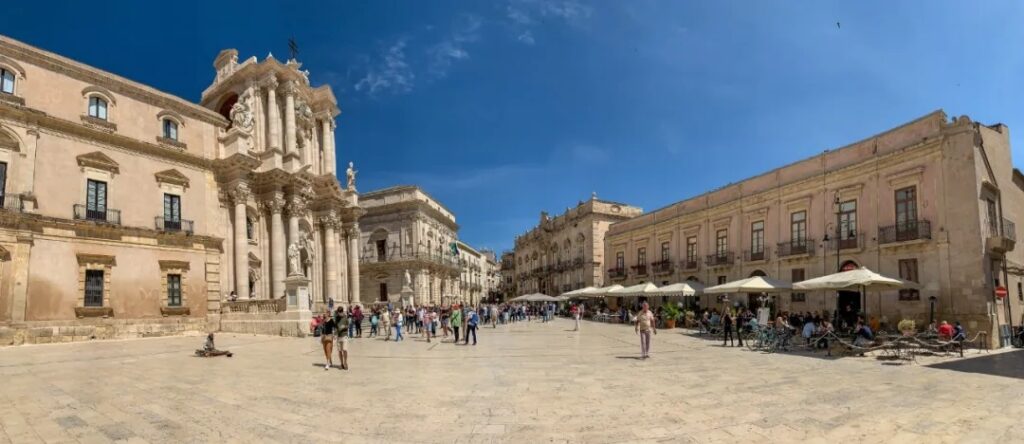

There are several cafes and restaurants in the square where visitors can rest and enjoy Sicilian cuisine, making it a popular spot for movie fans.
Catania
Catania, located on the east coast of Sicily, is the second largest city on the island after Palermo, situated at the foot of Mount Etna.
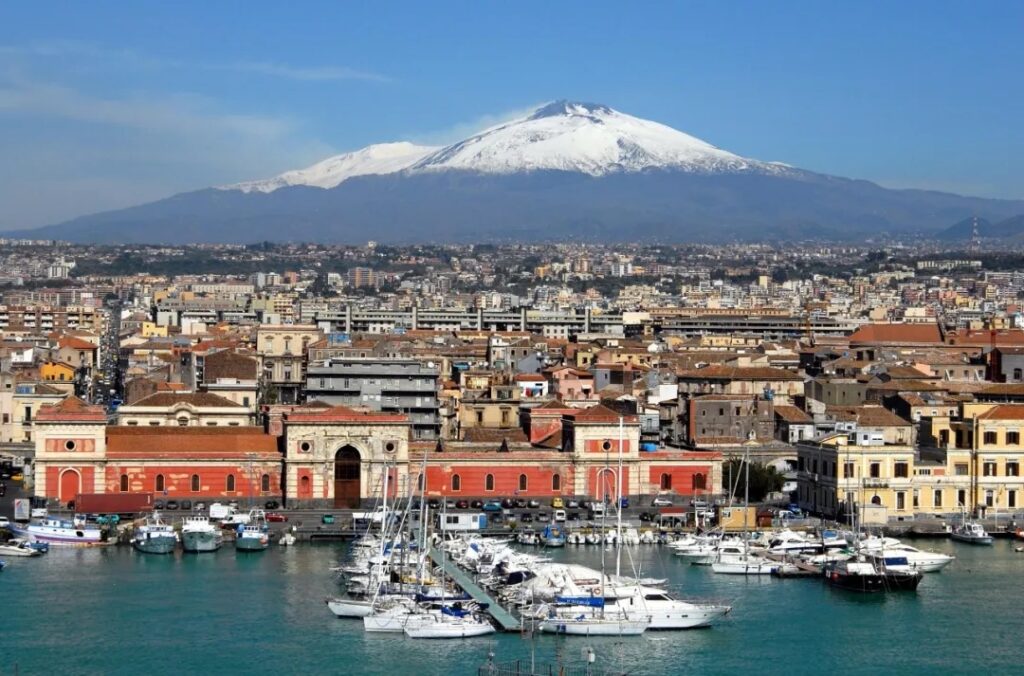
Mount Etna’s multiple eruptions have had a significant impact on the city’s history and development, with the most famous eruption occurring in 1669, nearly destroying the entire city. The subsequent reconstruction endowed Catania with its unique Baroque style, which still defines the city’s appearance today.
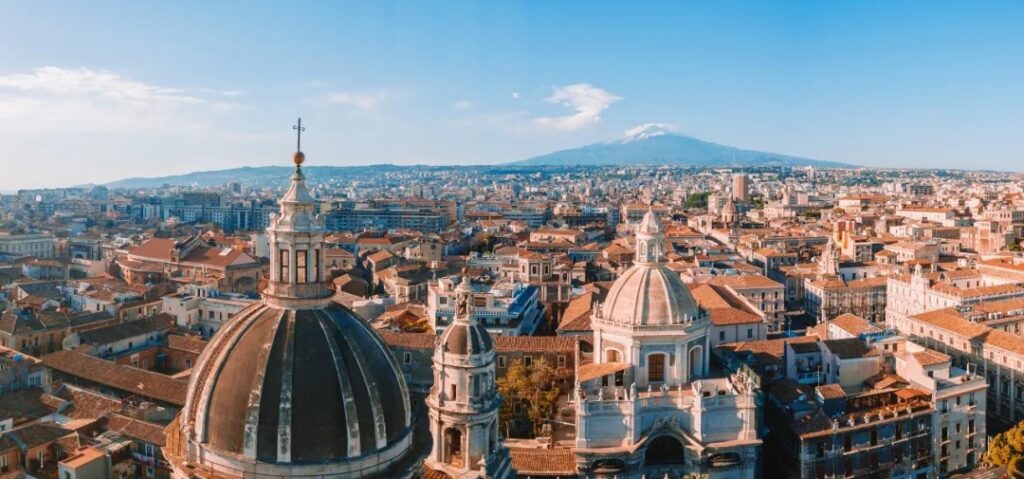
The main attraction in Catania is climbing Mount Etna, with well-established routes, cable cars, jeeps, and professional guides, generally taking half a day to reach the summit.
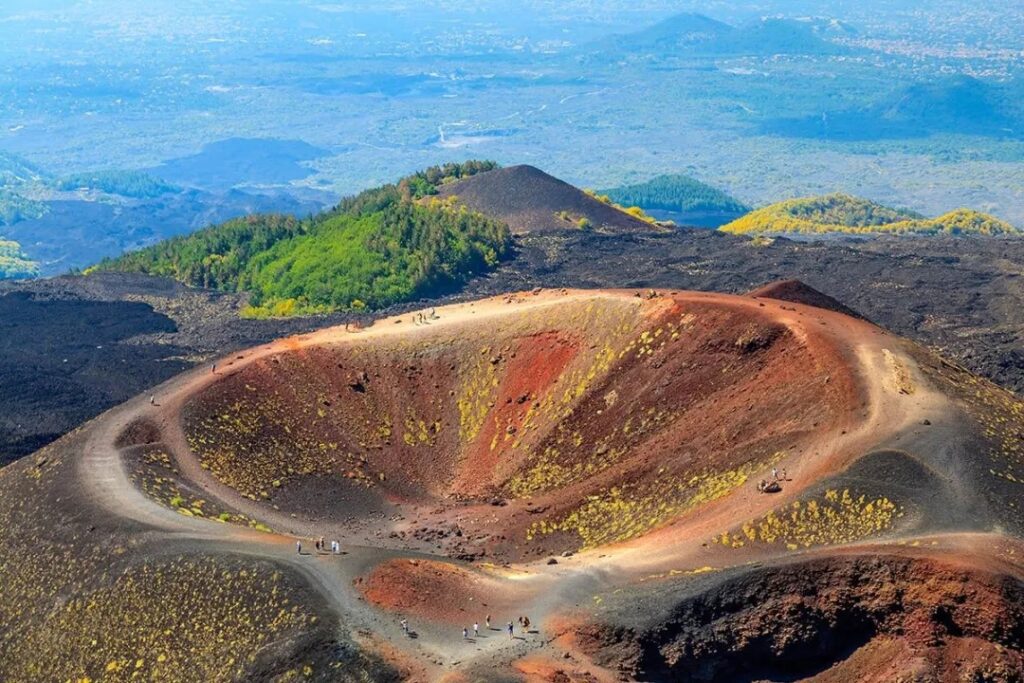
Mount Etna is one of the largest and most active volcanoes in Europe, as well as one of the most active volcanoes in the world. This volcano is almost in a state of continuous activity, with major eruptions occurring roughly every few years, while smaller eruptions and earthquakes are even more frequent.
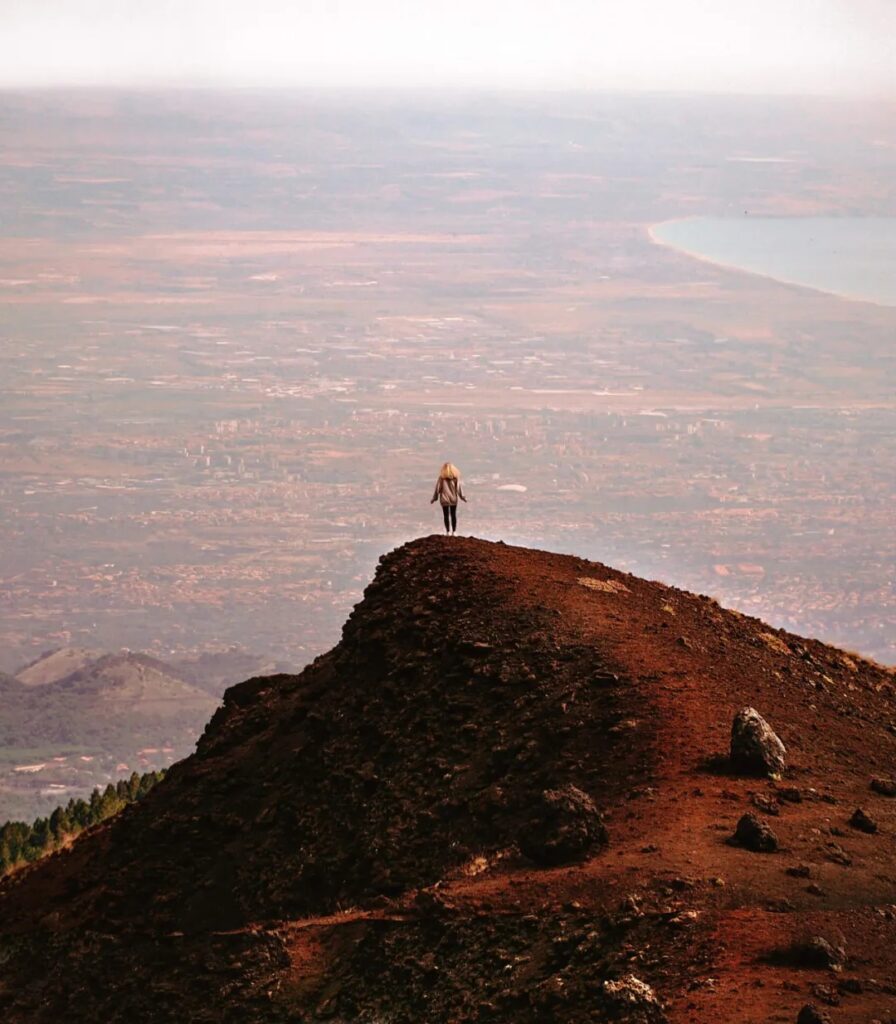
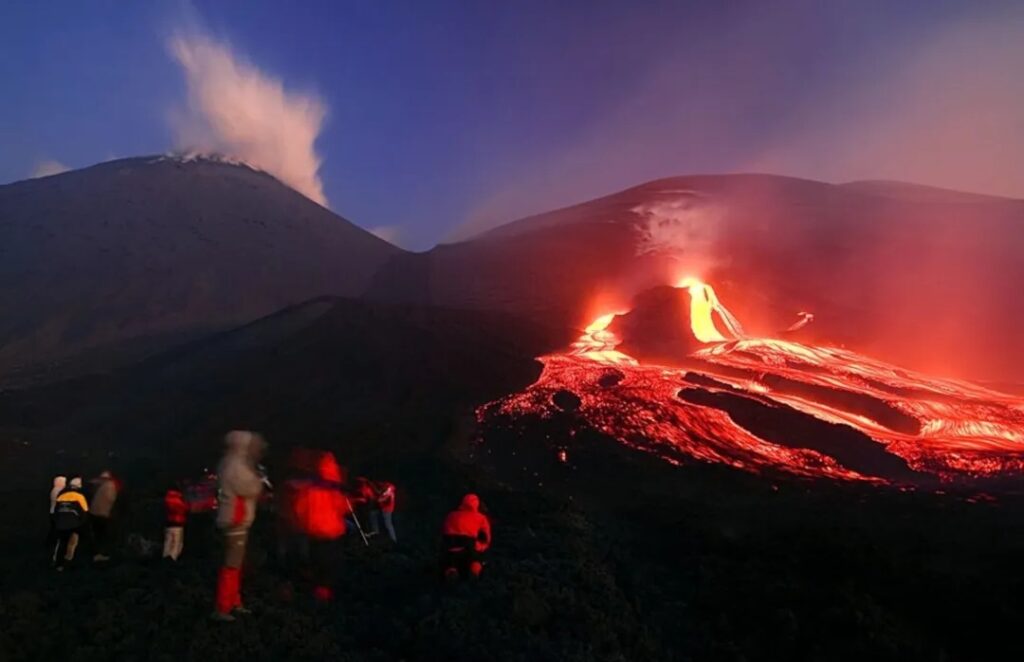
From the volcano, one can enjoy breathtaking views, including the coastline and the interior of Sicily. Sometimes, you can even witness the spectacle of lava eruptions up close, which is a very unique experience.
Taormina
“If you only have one day in Sicily, spend it in Taormina.” — Guy de Maupassant

The white moonlight of European literati, the epitome of Sicilian beauty, if Sicily has 10 points of beauty, Taormina would take 9. It is a charming town on the east coast of Sicily, perched on a hillside at about 200 meters above sea level, half cliff, half sea view, with the majestic Mount Etna in front. It’s also a filming location for “Aquaman” and the third season of the variety show “Chinese Restaurant.”
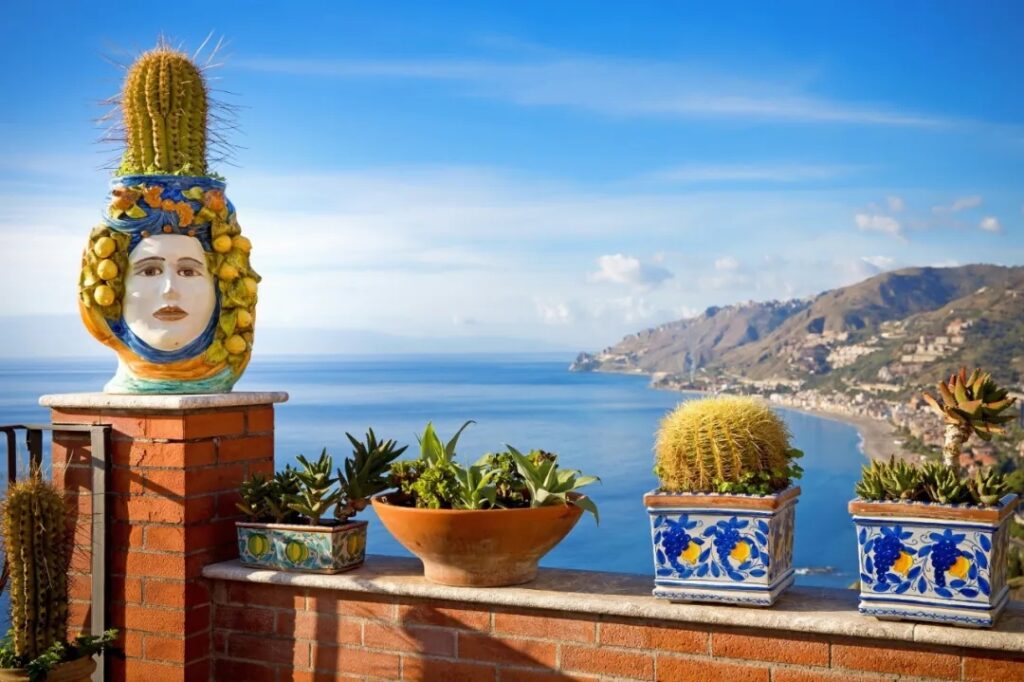
Isola Bella
Located below Taormina’s beach, connected to the main island by a sandbar. It’s a protected nature reserve, known not only for its natural beauty but also for its unique ecosystem and rich biodiversity.
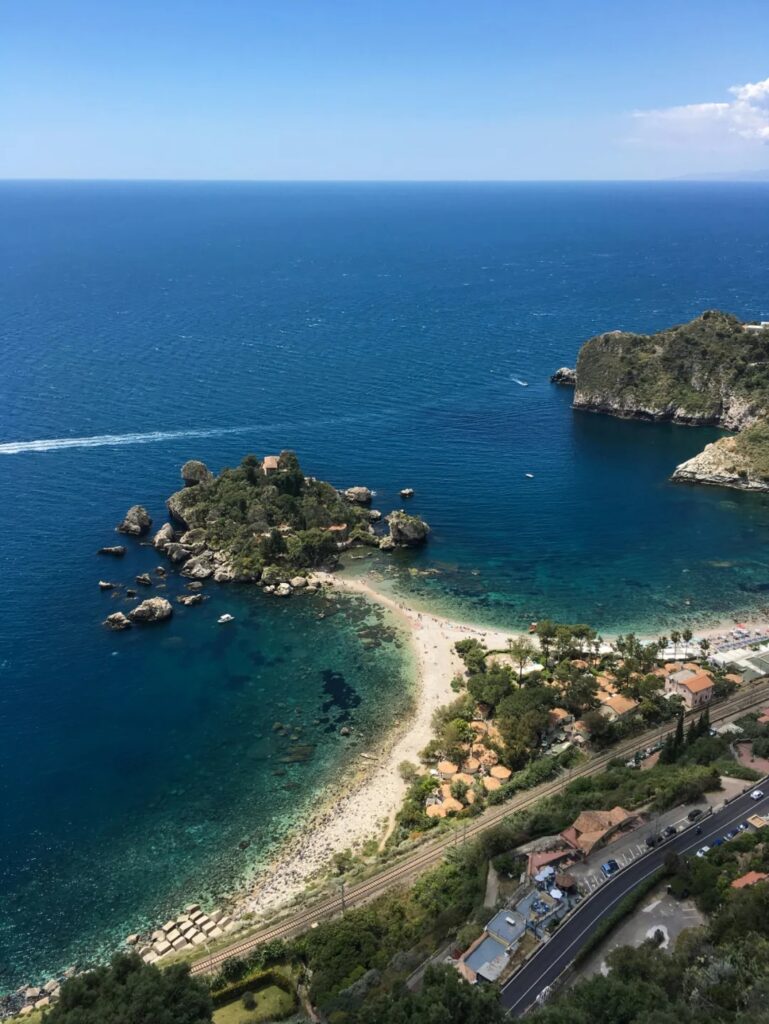
Corso Umberto
This is the main street of Taormina, lined with many boutique shops, cafes, and restaurants. Here, you can shop, taste Sicilian cuisine, or simply enjoy a leisurely stroll.
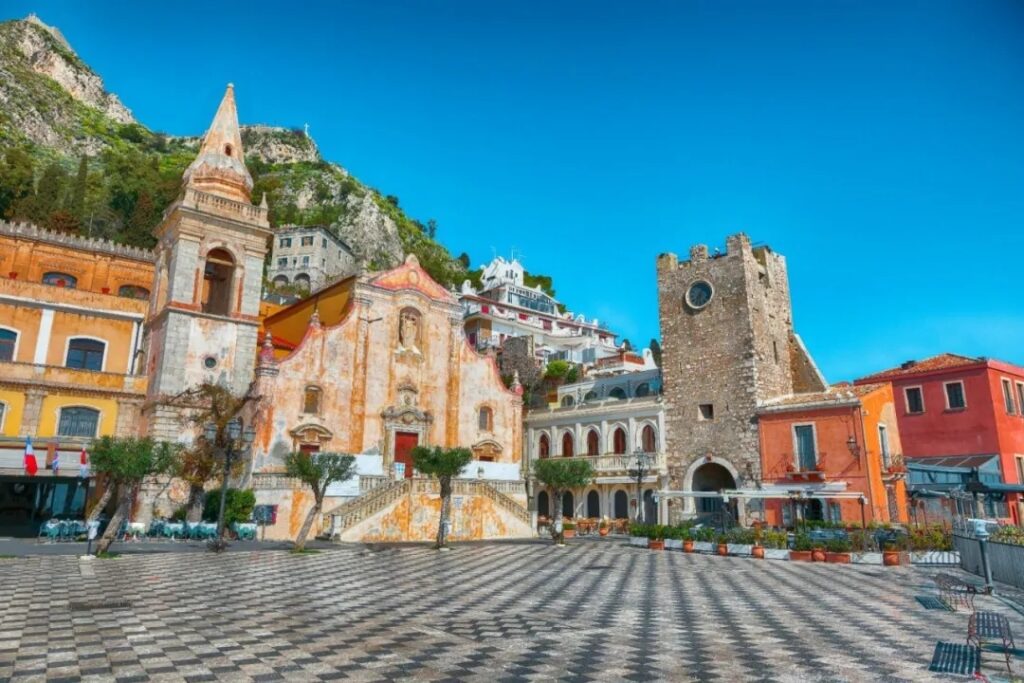
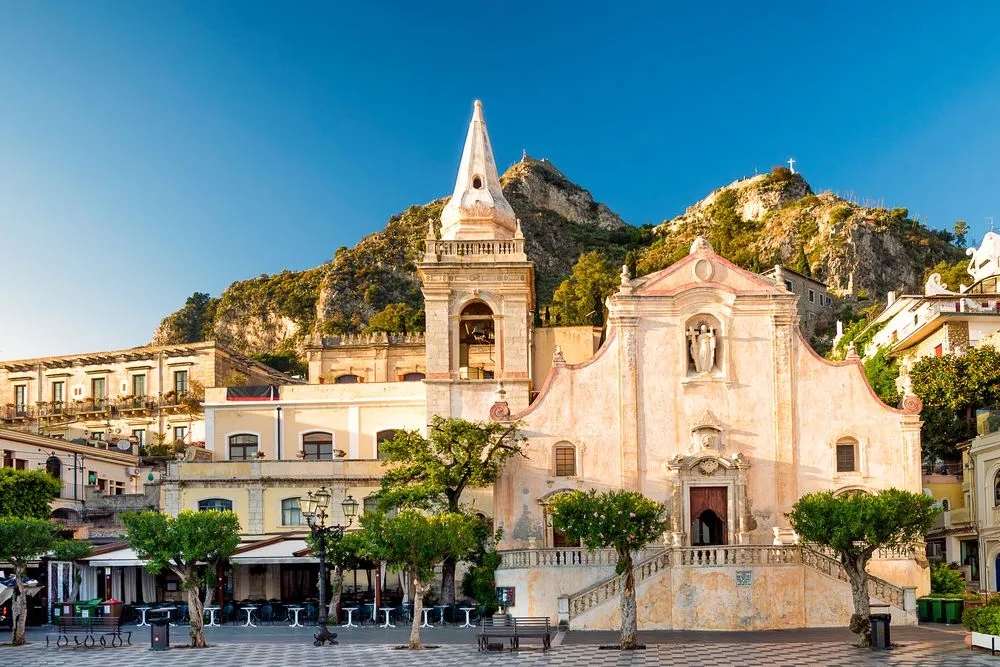
Ancient Greek Theater
If you only visit one place in Taormina, it has to be the Ancient Greek Theater. Situated at the highest point of Taormina, facing the Ionian Sea, it offers breathtaking views.
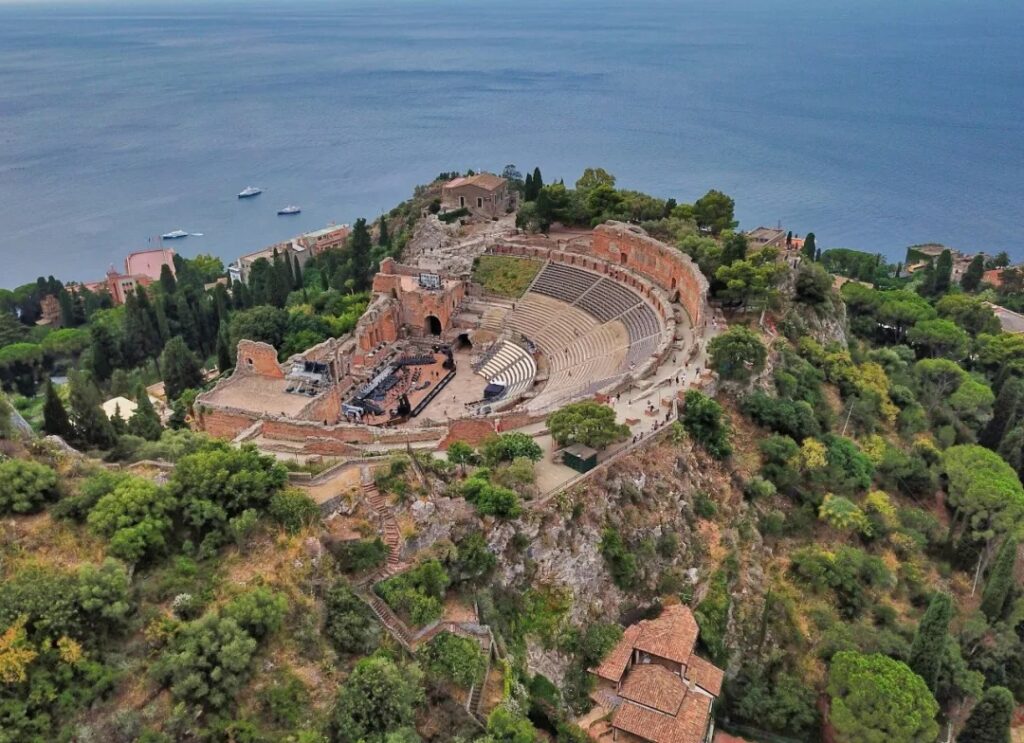
Cefalù
Sicily’s paradise town — Cefalù, a charming seaside town on the northern coast of Sicily. The old town’s red-tiled roofs, the blue of the Mediterranean, the sky and sea merging into one, especially at sunset, make it known as Sicily’s most beautiful sunset.
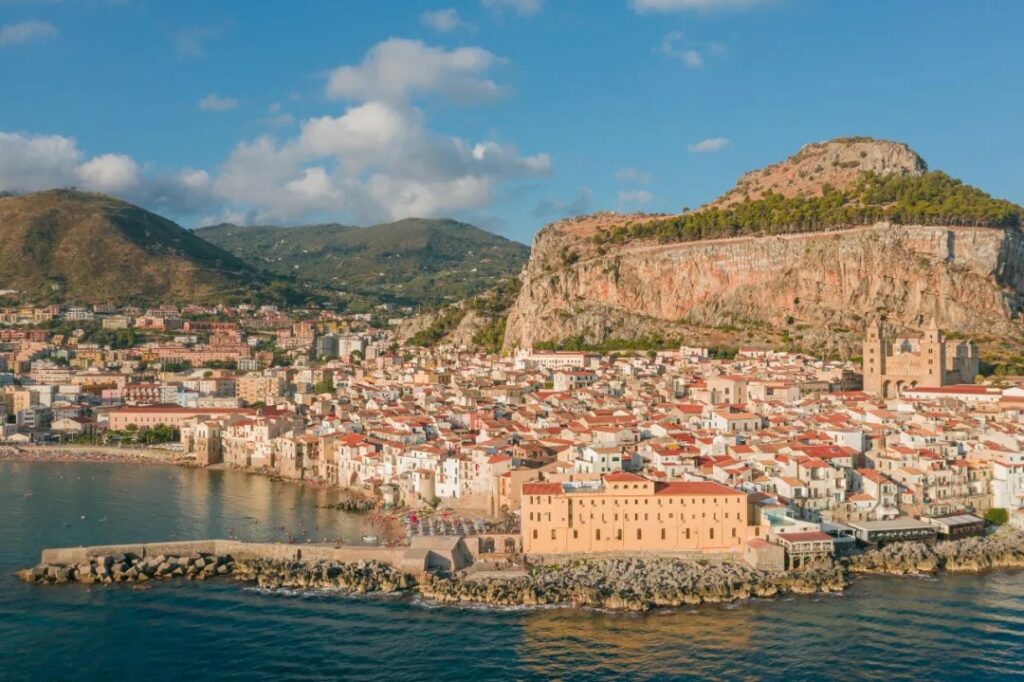
Cefalù’s historic center is full of medieval charm, with narrow streets and ancient buildings telling the rich history of this small town. The most famous historical site is Cefalù Cathedral, a magnificent Norman building begun in 1131, renowned for its exquisite Byzantine mosaics and grand architectural style.
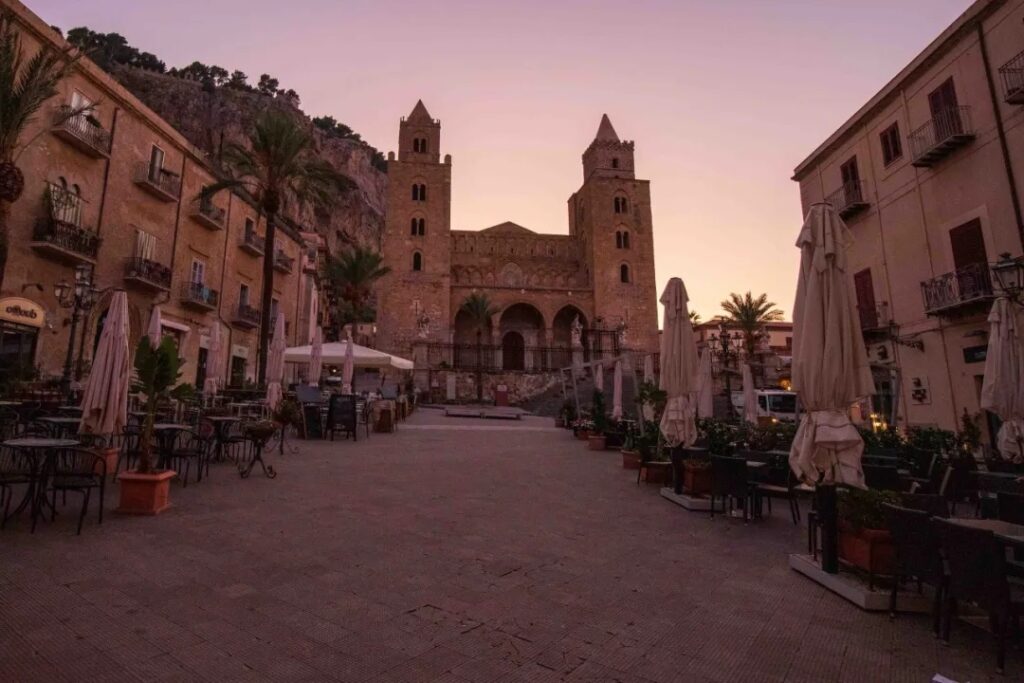
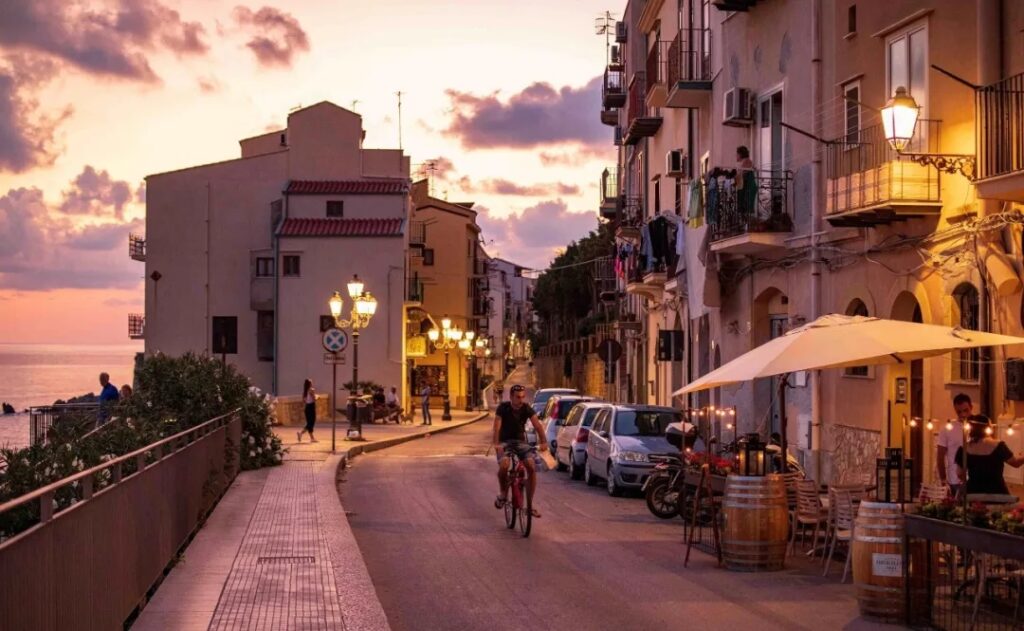
Every heart has its own Cinema Paradiso; as one of director Tornatore’s “Time Trilogy,” “Cinema Paradiso” was filmed here, capturing not only the beautiful scenery of Cefalù but also the town’s charm and leisurely lifestyle.
It has become a pilgrimage site for many film enthusiasts who come to relive the classic scenes from the movie and experience the town’s unique cultural atmosphere.
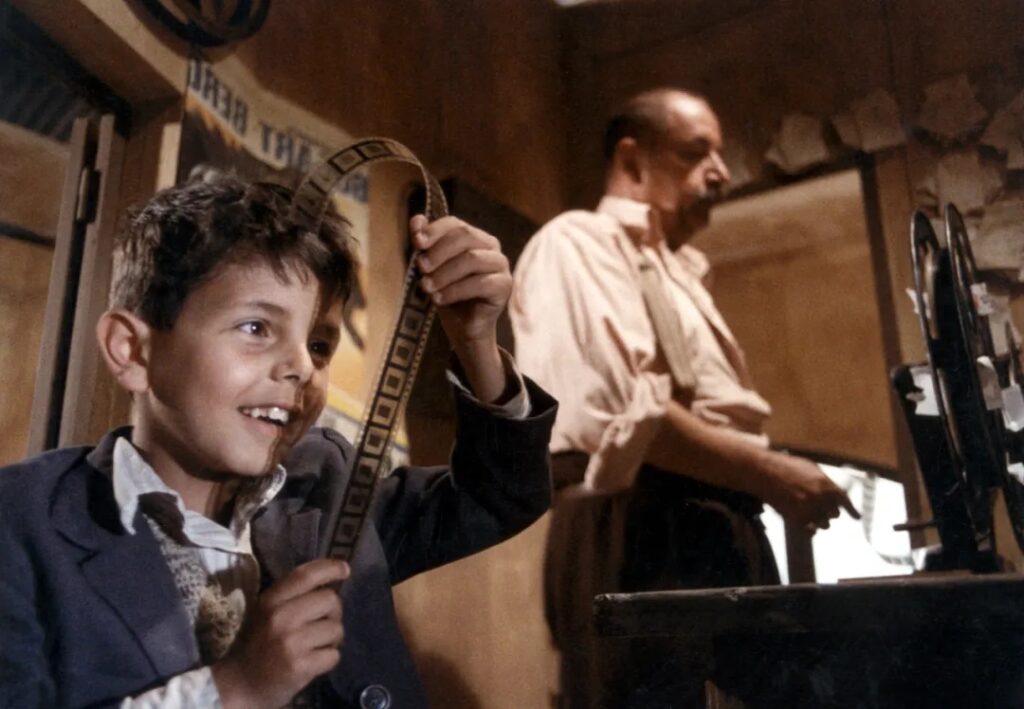
“Life isn’t like the movies. Life is much harder. If you don’t go out and explore, you might think this is all there is to the world.” — “Cinema Paradiso”






